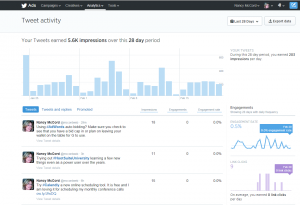
There are several reasons you may not be able to see your own website properly with your iPad. Here are a few suggestions to work through to try to identify the nature of your problem.
1. How old is your website. If it is older than two years old, most likely your iPad cannot see parts of your website properly due to depreciated code. As technology advances, not always is everything backwards compatible especially when it comes to the code that makes your website work.
2. Test your website with your desktop, smartphone, and laptop. Try looking at your website in a variety of devices as well as platforms. Not all website designers check cross browser and device compatibility when they design a website.
3. Check to see if your website is using Flash. Apple has not embraced Flash – which is a graphics application that shows video like actions. If you see a big black section most likely it is a Flash viewing problem. More and more sites in the last two years have totally moved away from Flash due to this issue.
4. If you can see part of a drop down menu and not the rest or a button won’t even open the drop down, try it on your desktop. If you can experience the action there, it is simply an issue of technology. Your website may be using older code and so not be completely viewable with your iPad.
Here’s my rule of thumb, if your website is three years old or older, you really need to upgrade to a responsive design. There have been just too many technological advancements in the last two years that anything older than that is using old source code and will continue to show issues when viewed with new technology.
If you need a price quote to move your website into the next generation, make sure to check our responsive website designs.



